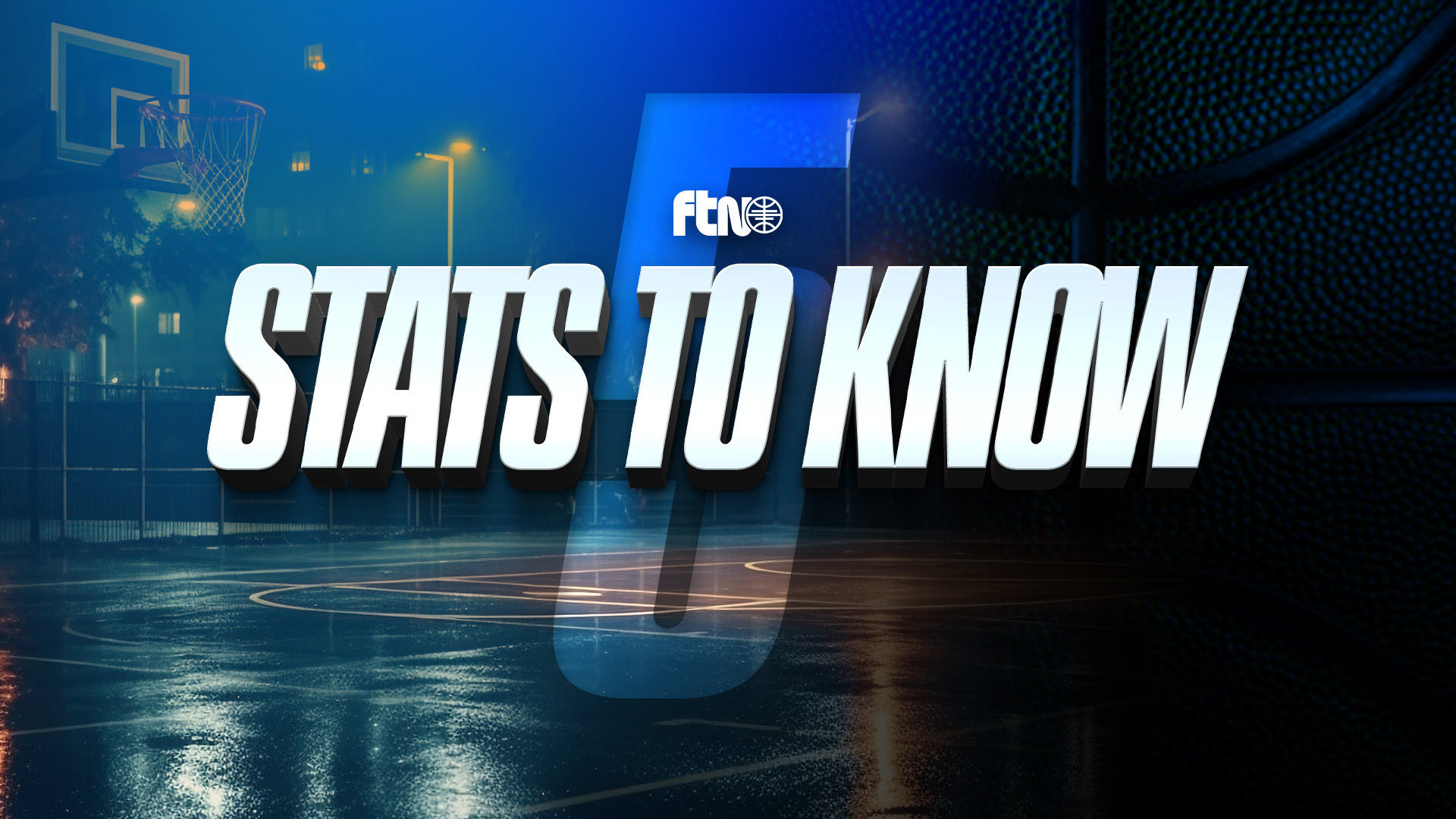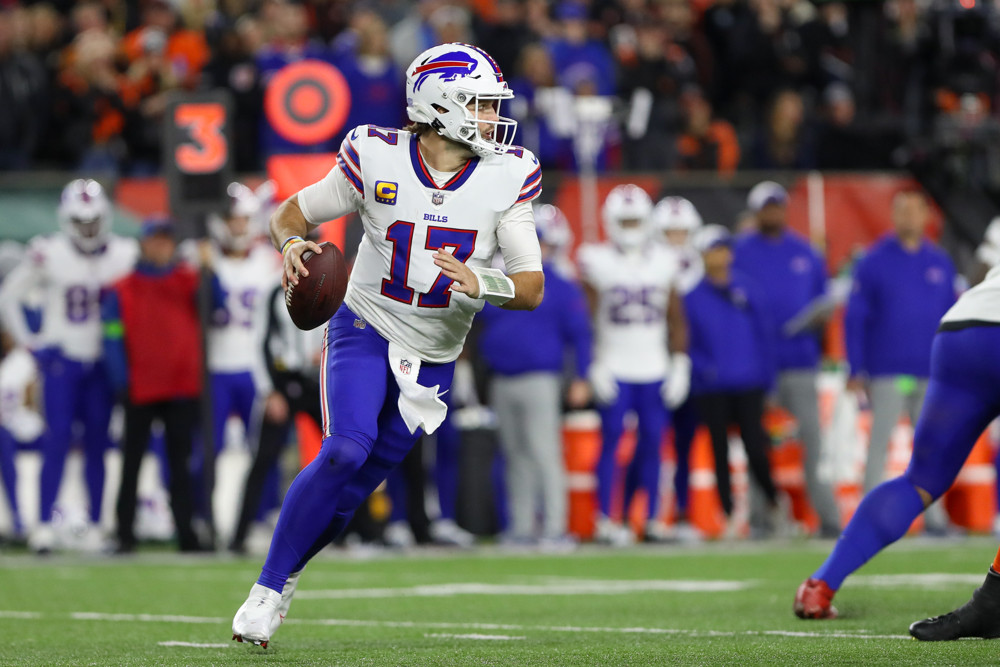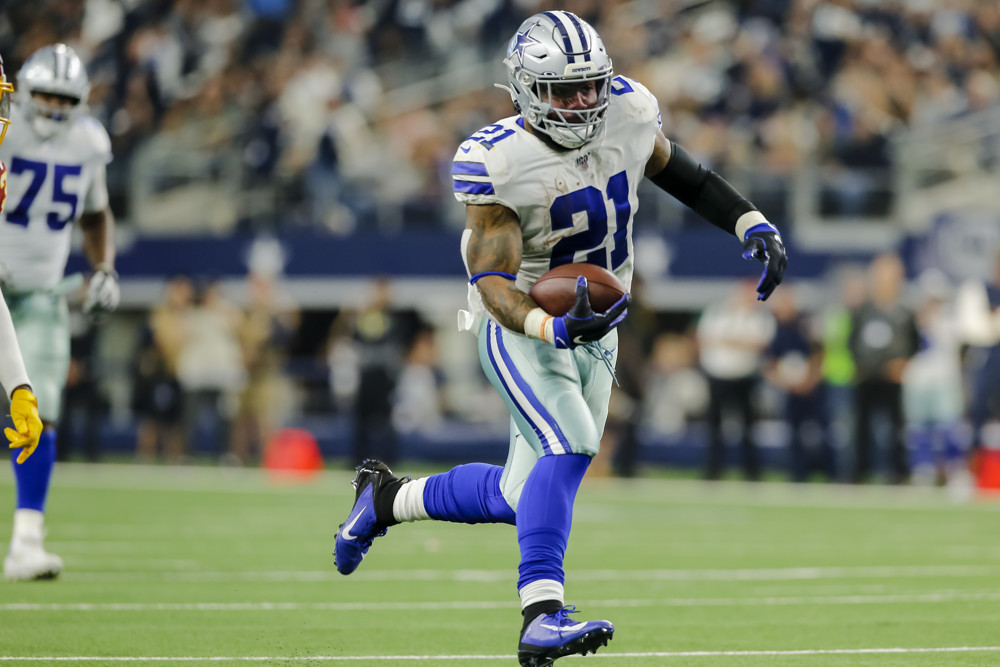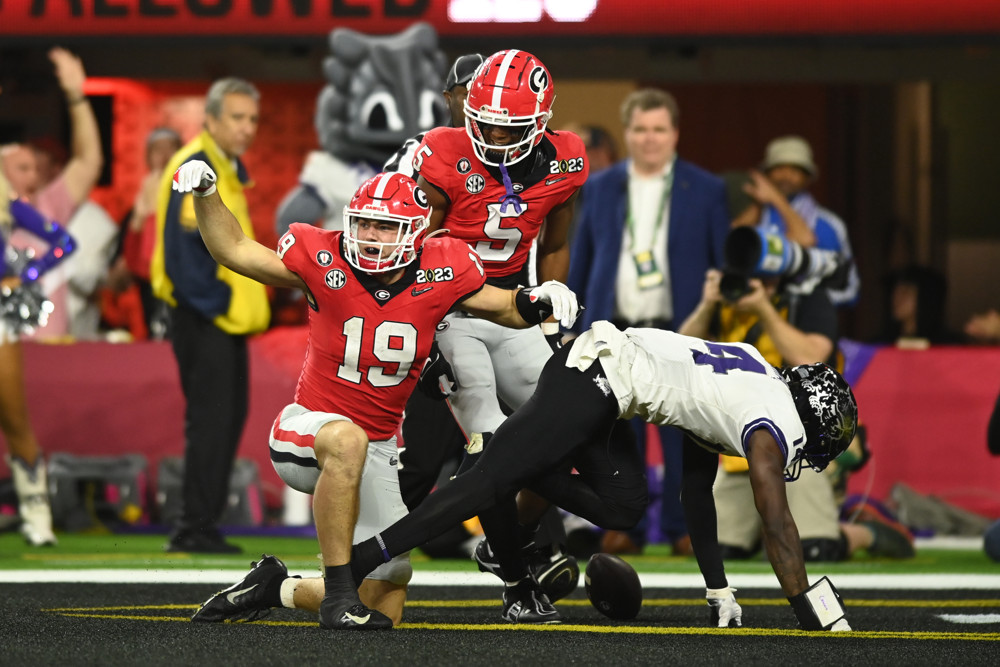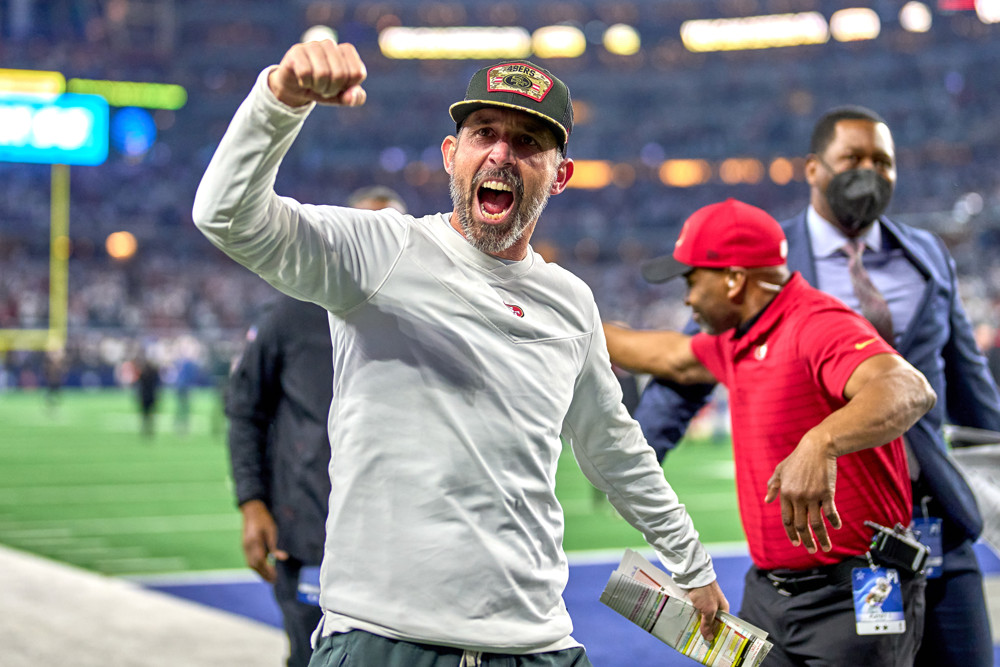
We’ve entered a lull point in the fantasy football offseason, sandwiched in between free agency and the NFL draft. It’s never too early to start looking ahead to the new league year and what better way to get things started than a dynasty start-up? Everyone wants the first overall pick, but only one team is fortunate enough to make the selection.
With that said, who deserves to be the 1.01 in dynasty this year? I’ve narrowed down the pool to four players to help break it down.
The Case for Jonathan Taylor
Entering last season, Jonathan Taylor was the consensus 1.01 in redraft leagues and stood in a tier of his own as the RB1 in dynasty. He was coming off a career year, leading the league in rushing yards (1,811) and rushing touchdowns (18) as a sophomore. Taylor picked up right where he left off in 2021, rushing for 162 and a touchdown in the season opener, tacking on two receptions for 14 yards through the air. Unfortunately, Week 1 was more a blip on the radar for Taylor, who eclipsed the 100-yard rushing mark rushing just one other time the rest of the season. He had difficulty staying on the field, missing almost seven games with an ankle injury. Although running backs get hurt all the time, it was an outlier for Taylor, who had previously played 74 consecutive games since college without missing due to an injury. Even in a disappointing season, Taylor averaged almost 100 yards from scrimmage when he played more than two snaps. If you exclude Weeks 7-8, when Taylor was limited to less than a 70% snap share, still hampered by the ankle, his numbers look even more promising.
His 90.88 rushing yards per game with a full complement of snaps would have ranked third among all players, trailing only Josh Jacobs and Derrick Henry. Despite the Colts cycling through quarterbacks and playcallers all season long, Taylor was the lone bright spot on a team that ranked bottom three in points and yards. Things should turn around quickly in 2023 for Indianapolis, who hired former Eagles offensive coordinator Shane Steichen as their new head coach. Under Steichen, Philadelphia was one of the most lethal offenses in the league, trailing only Kansas City in points and yards. Taylor should benefit from Steichen’s run-heavy scheme that has ranked top five in rush attempts and rushing yards in back-to-back seasons. There is no certainty that the Colts will draft a new quarterback, but the signing of Gardner Minshew is already an improvement from a season ago. Still only 24 years old, Taylor has as good of a case as any to be the first running back to go off the board.
The Case for Bijan Robinson
It’s not often we see a rookie in the discussion for the first overall pick, but then again there aren’t many players like Bijan Robinson. Robinson has been one of the most highly touted prospects since his freshman year, rushing for over 700 yards (703) on fewer than 90 carries (86). Robinson’s true break came in the following season, rushing for over a thousand yards (1,127) and compiling over 1,400 yards from scrimmage (1,422). He further elevated his stock this past season, rushing for a career-high 1,580 rushing yards and 18 rushing touchdowns while adding 314 yards and two touchdowns via the air. Robinson became a unanimous selection for the 2022 Doak Walker Award, which honors the nation’s top college running back, while finishing with the fourth-most rushing yards in Texas history in just three seasons. Even with the NFL devaluing the running back position, Robinson is a near lock to go in the first round next month. According to Grinding the Mocks, Robinson has an expected draft position of 16.7, which would be the earliest a running back has been drafted since 2018. The last two running backs who were drafted inside the top 20 were Ezekiel Elliott and Saquon Barkley, who both finished top two at the position as rookies.
The Case for Justin Jefferson
Justin Jefferson has played just three seasons in the NFL and already has an argument for the greatest wide receiver of all time. As a rookie, Jefferson set what was then a record for most receiving yards by a first-year player, logging 1,400 yards, also breaking Randy Moss’ Vikings franchise record for receptions in Year 1 (88). He was also the fourth rookie to record seven straight games with 100-plus receiving yards. As a sophomore, Jefferson took another leap, eclipsing the 100-catch barrier with 108 grabs for 1,616 yards and 10 touchdowns. Somehow Jefferson was even better this past season, winning the Offensive Player of the Year after leading the NFL in targets (184), receptions (124) and receiving yards (1,809). His 324 receptions and 4,825 receiving yards are the most by a player in his first three seasons, while his 96.5 receiving yards career average ranks first all-time. Despite finishing as the overall WR1 in 2022, Jefferson’s career arch indicates he can finish even stronger finish in year four.
The Case for Ja’Marr Chase
After opting out of his final collegiate season, Ja’Marr Chase hit the ground running as a rookie, catching 81 passes for 1,455 yards, breaking the record set by his college teammate Justin Jefferson for most receiving yards by a first-year player. His 13 receiving touchdowns in 2021 were also third in the NFL, trailing only Cooper Kupp and Mike Evans. Although Chase played five fewer games as a sophomore, thanks to a hip injury, he still put up more targets (134) and receptions (87) than he did as a rookie. Chase was actually better for fantasy in his second season, averaging 2.16 more PPR and 1.12 more half-PPR points per game.
Chase’s repour with Joe Burrow dates back to their days at LSU and has translated exceptionally in the NFL. The duo has shown no signs of slowing down and should continue to thrive for years to come.
Verdict
Every player above has made a strong argument for the 1.01, making it extremely difficult to pick just one. To help narrow the field, we can look at environmental factors that are outside the player’s control.
First off is Jonathan Taylor, who had the worst situation in 2022 with nowhere to go but up. Although things look better for Taylor on paper, the same argument was made last season, transitioning from Carson Wentz to Matt Ryan.
Up next is Bijan Robinson whose landing spot is still unknown. Any team using a premium pick on a running back will likely feature him in their offense, but relying on rationale coaching becomes a dangerous game.
As for Justin Jefferson and Ja’Marr Chase, their team, head coach and quarterback remain the same from a season ago and bode well for their future. Aside from being in the ideal situation, Jefferson and Chase receive also receive a boost due to their positional designation. Historically, wide receivers have a much longer shelf life, are less likely to get injured or miss time, and can contribute to your roster for a more significant period.
Deciding between Jefferson and Chase feels like a coin flip, but the tiebreaker goes to the player who has yet to miss a game with the greatest three-year start in NFL history. Jefferson posted a career year in his first season with Kevin O’Connell and has less target competition than Chase. Joe Burrow may be a better quarterback than Kirk Cousins, but getting the ball to Jefferson has not been an issue in Minnesota.
Justin Jefferson should be the dynasty 1.01 in 2023.








